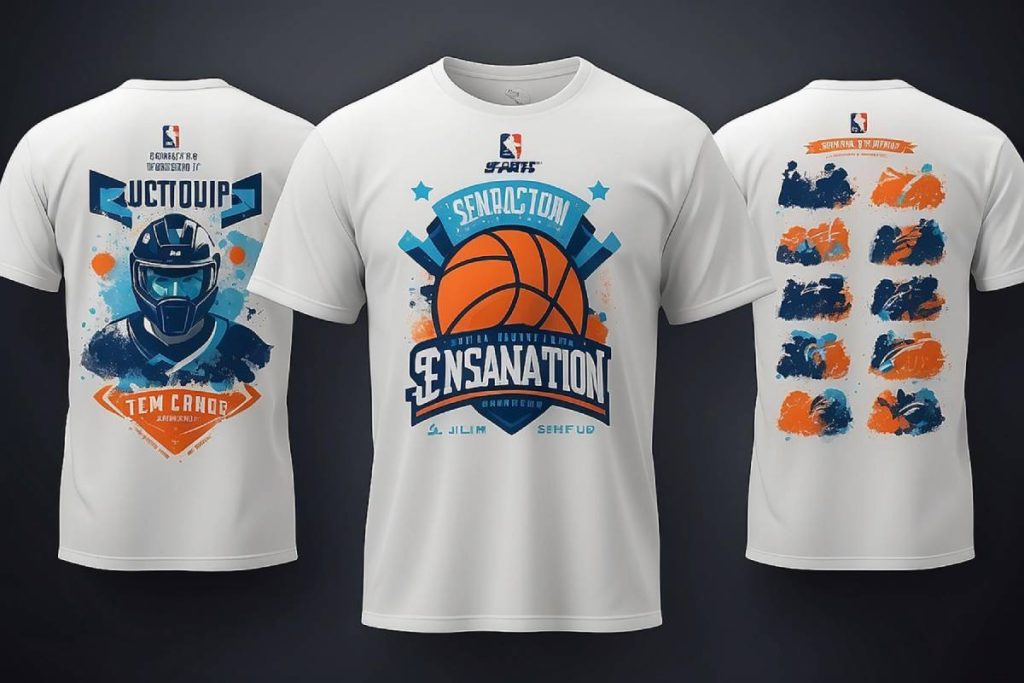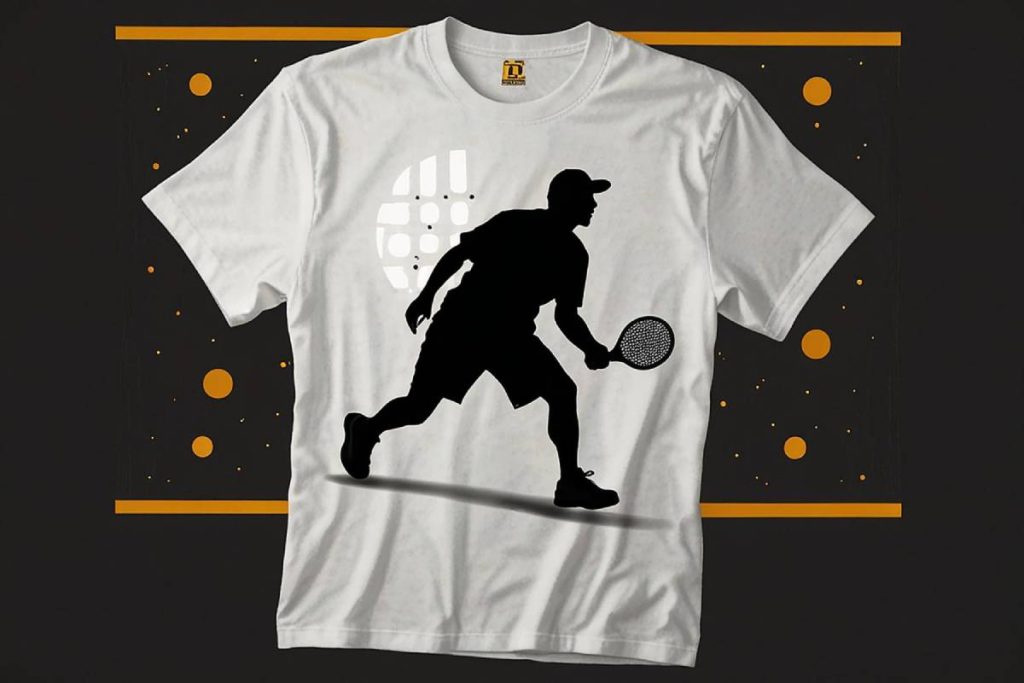Additionally, we will provide tips on how to properly apply heat transfers to ensure longevity and a professional finish. From selecting the right equipment to mastering the application technique, our insights will help you achieve stunning results. So, if you’re ready to elevate your team’s jerseys and make a lasting impression, keep reading to discover the best heat transfers that will take your team’s style to the next level!
Understanding Heat Transfer Methods
Heat transfer methods are essential for customizing team jerseys, and they come in various forms, including heat transfer vinyl (HTV), sublimation, and screen printing. Each method has its unique advantages and is suited for different types of fabrics and designs. For instance, HTV is ideal for simple designs and works well on cotton and polyester blends, while sublimation is perfect for all-over prints on polyester fabrics.
Choosing the right heat transfer method can significantly impact the durability and appearance of the jersey. It’s crucial to consider factors such as the fabric type, the complexity of the design, and the intended use of the jersey. Understanding these methods will help teams make informed decisions when customizing their apparel.
Advantages of Heat Transfer Vinyl (HTV)
Heat transfer vinyl (HTV) is one of the most popular methods for customizing team jerseys due to its versatility and ease of use. HTV allows for vibrant colors and intricate designs, making it suitable for both small and large orders. Additionally, HTV is available in various finishes, including matte, glossy, and metallic, providing teams with numerous options to express their identity.
Another significant advantage of HTV is its durability. When applied correctly, HTV can withstand multiple washes without fading or peeling, ensuring that the team’s branding remains intact over time. This longevity makes HTV a cost-effective choice for teams looking to invest in high-quality jerseys.
The Benefits of Sublimation Printing
Sublimation printing is a unique heat transfer method that allows for full-color designs to be printed directly onto polyester fabrics. This technique is particularly beneficial for teams that want to create vibrant, all-over prints without the limitations of traditional methods. Sublimation works by turning solid dye into gas, which then permeates the fabric, resulting in a design that is both durable and resistant to fading.
One of the key benefits of sublimation is that it does not add any weight or texture to the fabric, allowing for a lightweight and comfortable jersey. This is especially important for athletes who require freedom of movement during games. Additionally, sublimation offers endless design possibilities, making it a favorite among teams looking to stand out.
Choosing the Right Fabric for Heat Transfers
The choice of fabric plays a crucial role in the effectiveness of heat transfers. Different fabrics react differently to heat and pressure, which can affect the final outcome of the design. Polyester is the most common fabric for sublimation, while cotton and cotton blends are ideal for HTV. Understanding the properties of each fabric will help teams select the best option for their jerseys.
Moreover, the fabric’s weight and texture can influence the application process. For instance, thicker fabrics may require more heat and pressure, while thinner fabrics may need a gentler approach. Teams should also consider moisture-wicking properties, especially for athletic wear, to ensure comfort during physical activities.
Tips for Applying Heat Transfers Successfully
Applying heat transfers requires precision and attention to detail to achieve the best results. Teams should follow specific guidelines, such as preheating the fabric, using the correct temperature and pressure settings, and allowing adequate cooling time after application. These steps are crucial for ensuring that the transfer adheres properly and lasts over time.
Additionally, using a heat press instead of an iron can significantly improve the quality of the application. Heat presses provide consistent temperature and pressure, which are essential for achieving a professional finish. Teams should also conduct test applications on scrap fabric to fine-tune their process before applying transfers to the actual jerseys.
Maintenance and Care for Heat Transfer Jerseys
Proper maintenance and care are vital for extending the life of heat transfer jerseys. Teams should follow specific washing and drying instructions to prevent damage to the designs. For instance, washing jerseys inside out and using cold water can help preserve the vibrancy of the colors. Avoiding bleach and fabric softeners is also recommended, as these can degrade the heat transfer material.
Additionally, air drying is preferable to machine drying, as high heat can cause the transfers to peel or crack. By following these care tips, teams can ensure that their jerseys remain in excellent condition, allowing them to showcase their branding effectively throughout the season.
When it comes to customizing team jerseys, heat transfer methods are popular for their versatility and quality. Below is a summary of the best heat transfer options available for team jerseys.
| Heat Transfer Method | Description | Advantages | Disadvantages |
|---|---|---|---|
| Vinyl Heat Transfer | A durable material cut into shapes and designs, then heat pressed onto the fabric. |
|
|
| Screen Printed Transfers | Involves creating a screen for each color and printing the design onto transfer paper. |
|
|
| Sublimation Transfers | A dye-based process that infuses ink into the fabric, ideal for polyester materials. |
|
|
| Digital Heat Transfers | Uses digital printing technology to print designs directly onto transfer paper. |
|
|
Choosing the right heat transfer method depends on factors such as the type of fabric, the complexity of the design, and the quantity of jerseys needed. Each method has its unique benefits and drawbacks, making it essential to consider your specific requirements before making a decision.



